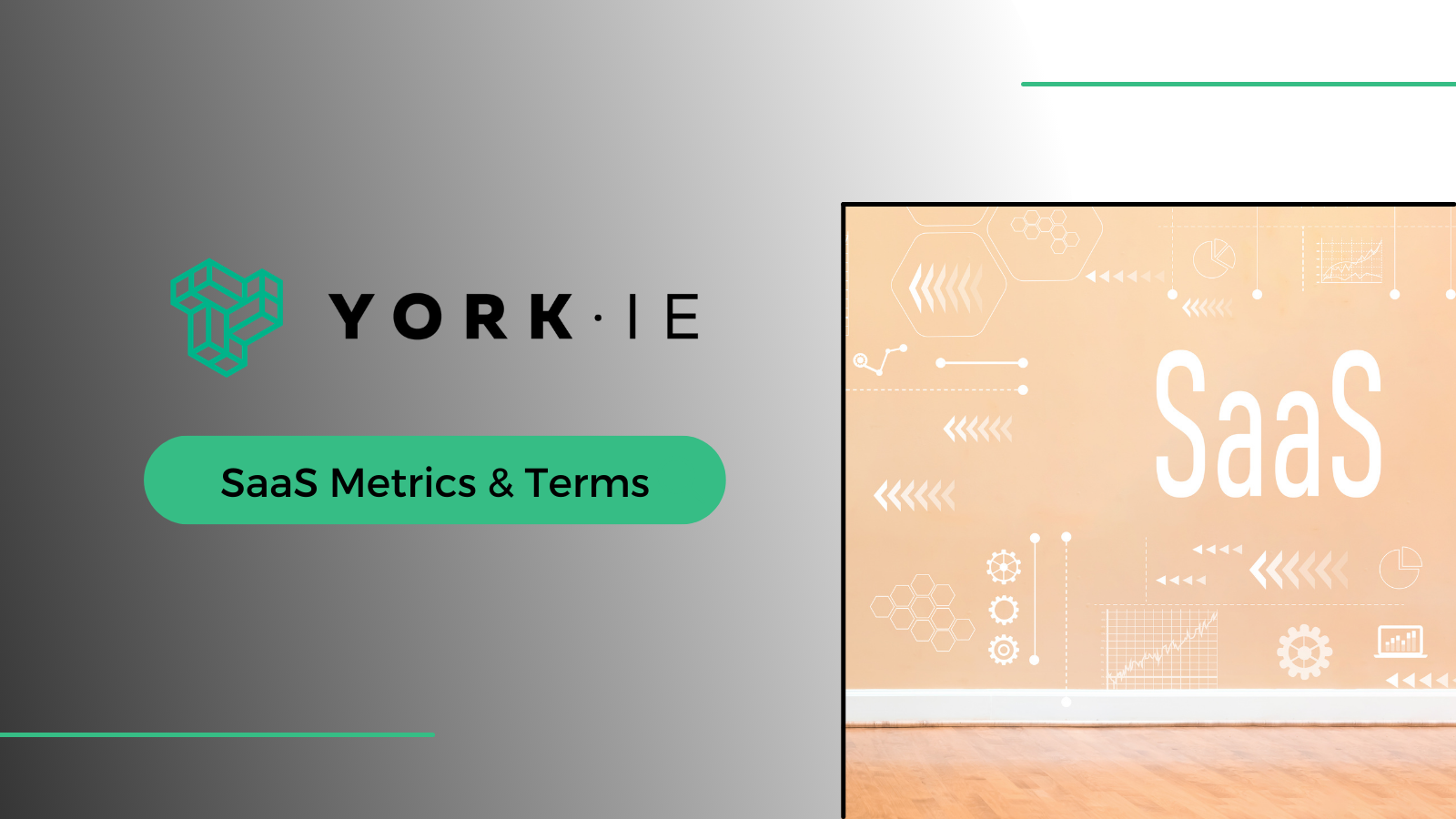Whether it is a local sporting goods store or a FinTech startup, a business relies on money. Of course, a business can do much more than generate revenue. They can introduce a groundbreaking piece of tech, and they can improve the local community. Yet, the way things stand, if a business cannot pay its debts when the creditors call, or cannot achieve consistent growth, they are almost certainly in trouble. The money really matters. The below SaaS metrics and terms will help your business stay organized and on track.
Tracking Progress
It shouldn’t take long for a business owner to learn two fundamental formulas: Assets = Liabilities + Shareholder’s Equity, and Revenue – Expenses = Profit. If one were to boil down the complex figures and yearly reports put out by corporations, these would be the result. However, those complex figures are what make the difference. Liquidity, profitability, and efficiency metrics give much more insight on the current and future position of a business than does cash on the balance sheet. A quick search on those categories will return the tried and true ratios used for decades, but business models have changed. SaaS is now a dominant and increasingly popular method, and founders still need to track progress. Although new measuring techniques for SaaS will always come along, many have already been proven useful. The list below represents those fundamental SaaS metrics and terms that are here to stay.
Revenue
MRR: Monthly Recurring Revenue
Formula: Average revenue per account / Total number of accounts in that month
ARR: The value of the contracted recurring revenue components of your term subscription over a year (annual)
Formula: MRR ✕ 12
Recurring Revenue: R = Subscription revenue owed during time Δt. Δt = amount of elapsed time
Formula: RR = R / Δt
Average Revenue Per Account: The average MRR across all customers
Formula: MRR / Customer Count
Average Sales Price: The average # of new customers the moment they convert to paid accounts
Formula: New business MRR in period / New Customers in same period
Customer Success
Churn Rate: ΔCcancel = customers cancelling in the Δt. C = # of customers . Δt = amount of elapsed time
Formula: a = ΔCcancel / C x Δt
Customer Churn Rate: The rate at which your customers are cancelling their subscriptions
Formula: Churned customers in period / Total customers at start of period.
MRR Retention Rate: The rate at which MRR is renewed
Formula: MRR of renewed subscriptions / MRR of subscriptions up for renewal
Customer Retention Rate: The rate at which customers renew their subscriptions
Formula: # of renewed customers / # of contracts up for renewal
Net MRR Churn Rate: The rate at which MRR is lost through downgrades and cancelations, offset by account expansions
Formula: (Sum of churn & contraction MRR – Sum of expansion & reactivation MRR) / (MRR at start of period)
Pirate Metrics: A= Acquisition, users come to the site from various channels. A= Acquisition, users enjoy 1st visit and have happy UX. R= Retention, user comes back and visits the site multiple times. R= Referral, users like product enough to refer others. R= Revenue, users conduct some type of monetization behavior.
Formula: AARRR
Growth & Expansion
CAC: Customer Acquisition Cost, an estimate of the average cost to acquire a new customer.
Formula: Sum of sales and marketing expenses / # of new customers added
Quick Ratio: A Measure of a company’s ability to grow recurring revenue in spite of churn. An estimate of the average cost to acquire a new customer.
Formula: (New business MRR + Expansion MRR) / (Churned MRR + Contraction MRR)
LTV: An estimate of the average total value of a customer over their lifetime.
Formula: (ARPA x gross margin %) / (Customer Churn Rate)
CAC: LTV Ratio: Used to approximate return on investment for customer acquisition. A ratio of 1:3 is generally accepted as a good target for SaaS.
Formula: Example = 1:3
Payback Period: The average time taken for CAC to be recouped through MRR
Formula: CAC / (ARPA x gross margin %)
MRR Expansion Rate: The rate of new recurring revenue added from existing customers, usually through add-ons and upgrades
Formula: (Expansion MRR at end of month – Expansion MRR at the beginning of month) / (Expansion MRR at beginning of month) x 100
Average Cost of Service (per customer): The recurring cost of all engineering, support, account management, customer service, and billing, activities, plus all physical infrastructure and systems required to maintain a current customer.
Formula: Recurring service expenses / # of customers
The rule of 40%: So, if you are growing at 20%, you should be generating a profit of 20%. If you are growing at 40%, you should be generating a 0% profit. If you are growing at 50%, you can lose 10%. If you are doing better than the 40% rule, that’s awesome.
Formula: Growth rate + profits = 40%
The 5 C’s of SaaS: CMRR (Committed Monthly Recurring Revenue)= this remains the key metric for growth, Churn= Key lever in a tough economy, Cash= get your cost and revenue line crossing, CAC= Target a 1-year payback, CLTV= You want a CLTV to be greater than 0.
Formula: Align these 5 C’s for exponential growth
Natural Rate of Growth: One way to think about it is how fast a company grows without even trying—before layering on incremental investments in sales and marketing. We’re looking to pinpoint the percentage of your recurring revenue that comes from organic channels and starts with your product.
Formula: 100 x Annual Growth Rate x % Organic Signups x %ARR from products
Key Takeaways
From company to company, the importance of any one of these SaaS metrics and terms will be different. What remains the same though is that one’s ability to take a pulse on their business is a key determinant of their success. At this point, SaaS is nothing new, but it is still young. As time goes on it will only continue to grow and become more competitive, and that applies to startups and established giants. Therefore, it is even more important that operators use these tools to their advantage.



